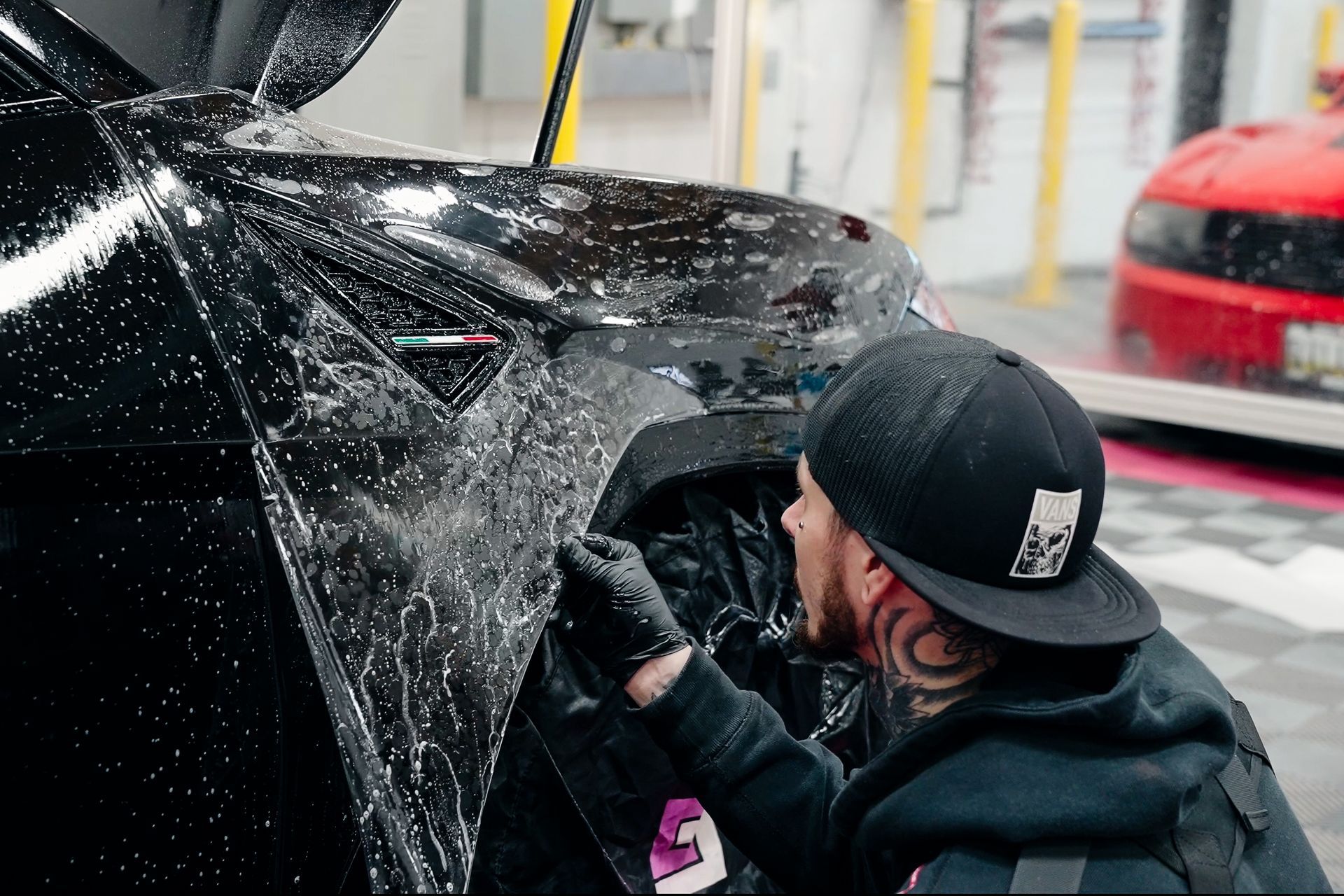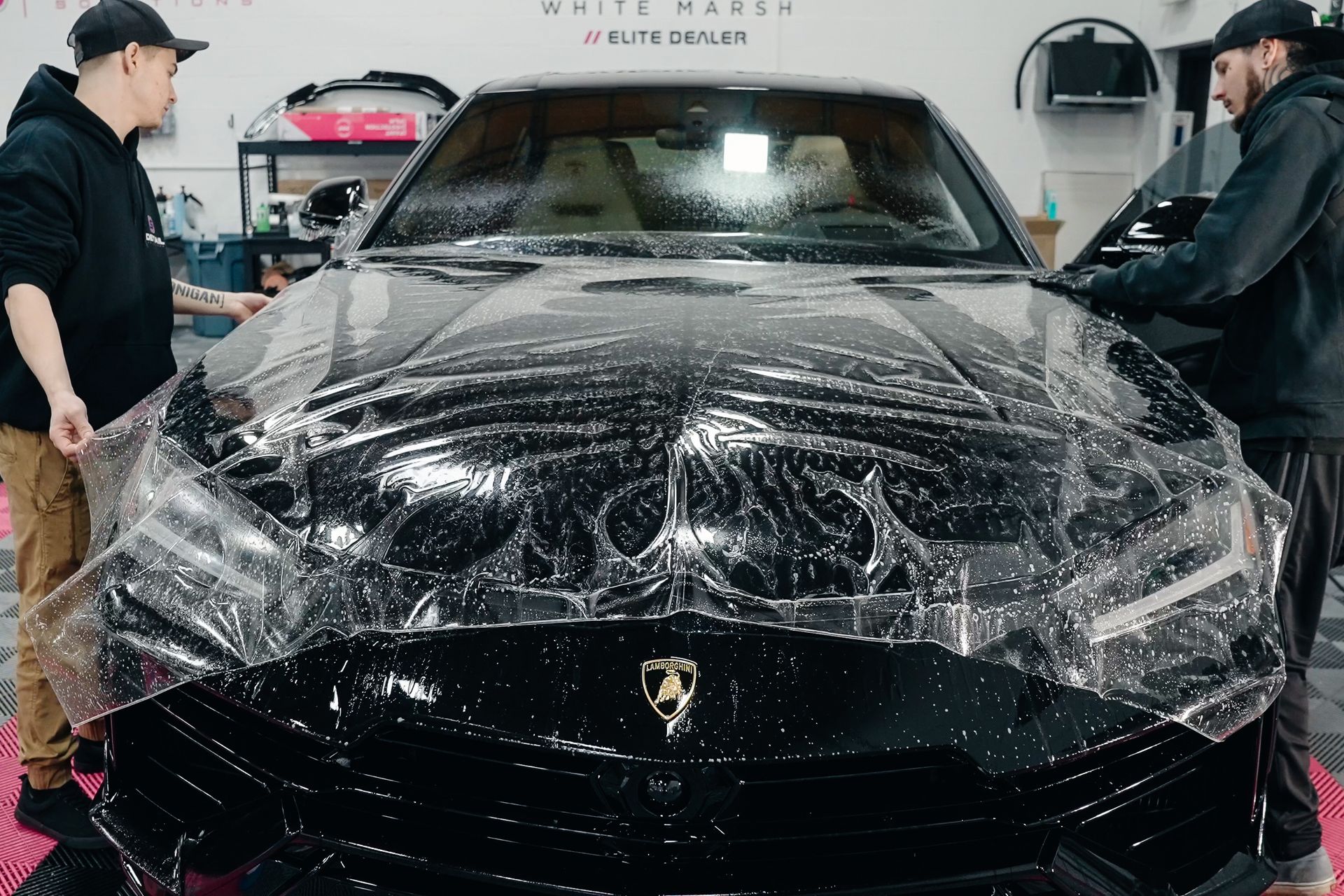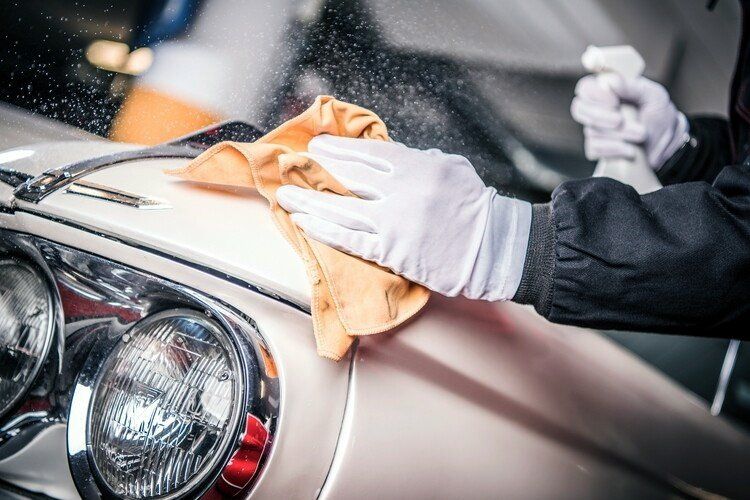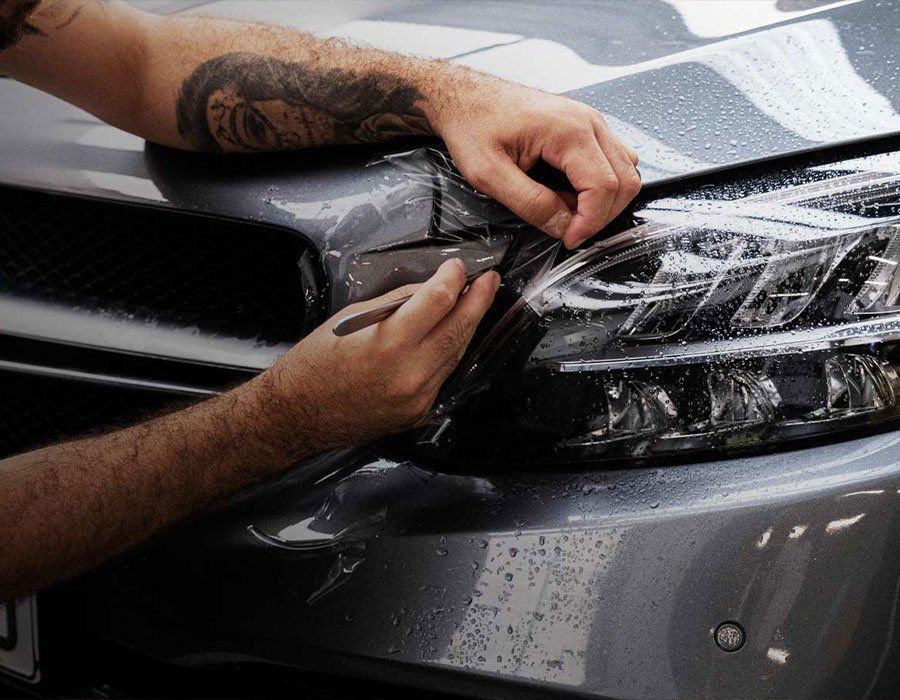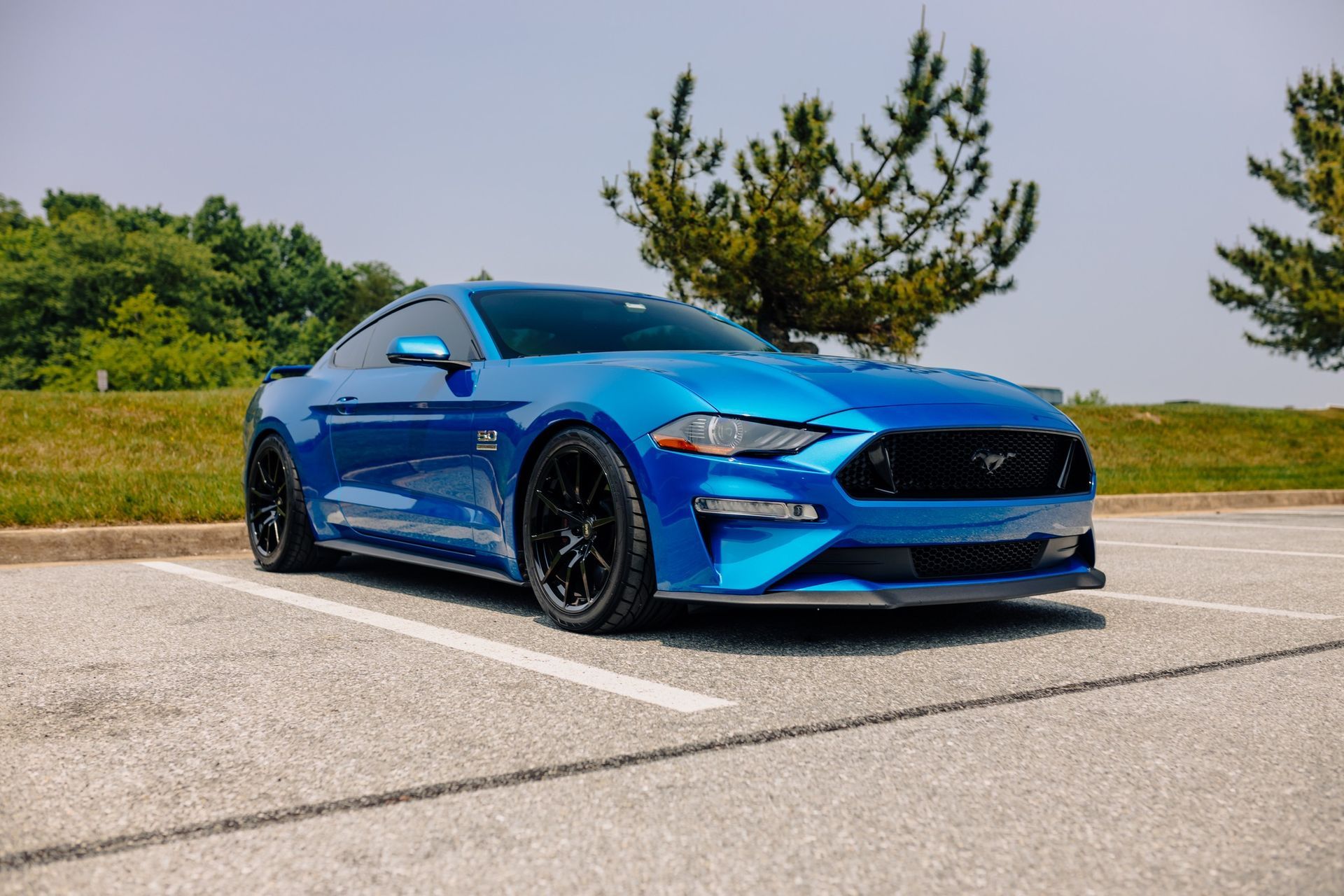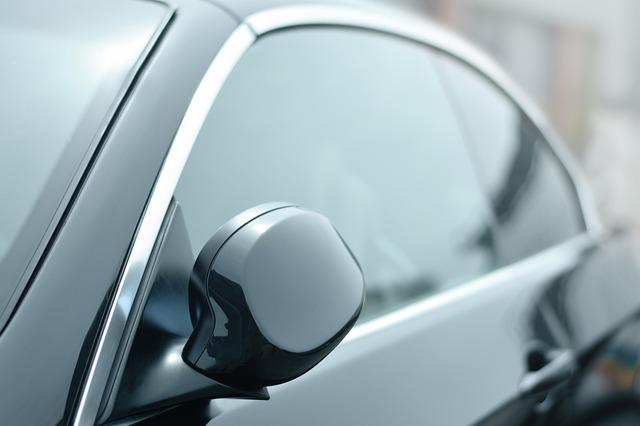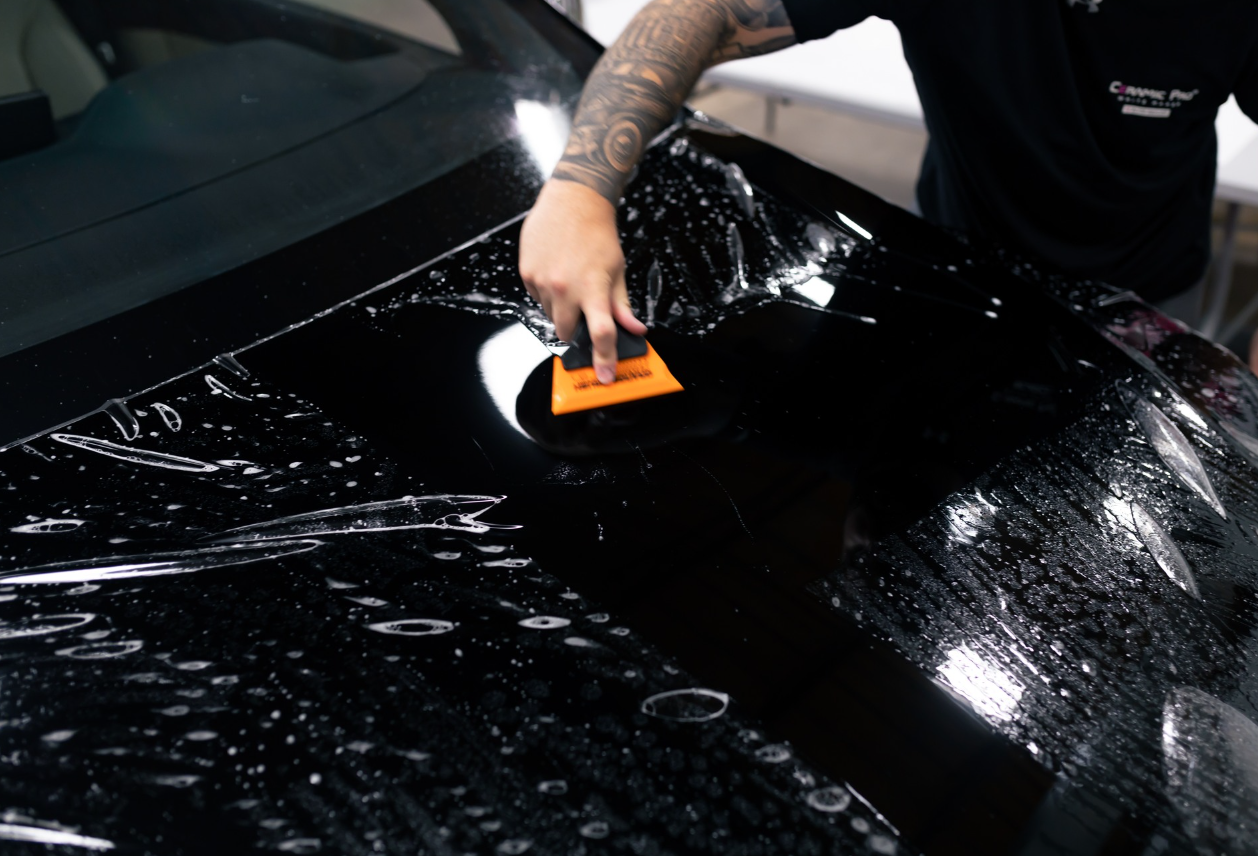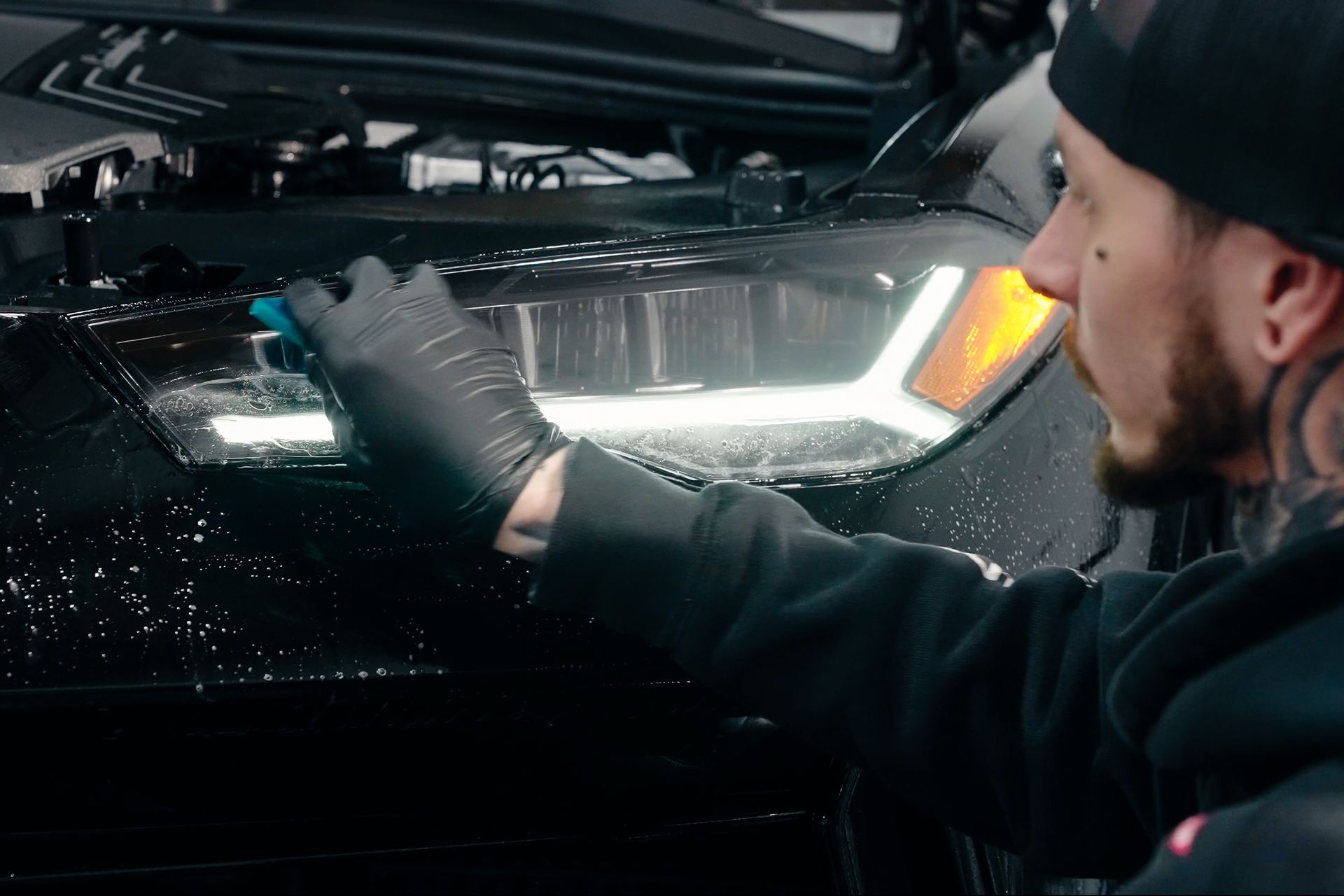How to Tell If Your PPF Needs Replacement: Signs and Indicators to Look For
Your cherished car deserves the best protection, but how can you tell if your paint protection film has run its course? Worry no more—spotting early signs can save you time, money, and stress down the road. The key lies in recognizing common symptoms like scratches, bubbles, or discoloration before they lead to bigger problems.
When inspecting your paint protection film, look for signs such as visible scratches, bubbles, discoloration, or cracks. Additionally, if the paint protection film has been in place for approximately six to ten years, it may be time for replacement due to wear and tear. Consulting with an expert detailer can provide valuable insights into the state of your paint protection film and whether it requires replacement.
Surface Inspection
The first step in assessing whether your paint protection film requires replacement is to carefully inspect its surface. Start by giving your car a thorough wash to eliminate any dirt or grime that could obscure your inspection. To avoid damaging the surface or the PPF, use a pH-neutral soap and a soft cloth. After washing, it's crucial to conduct a detailed visual examination, preferably in good lighting conditions. Take your vehicle out in bright, natural light, or use a bright, adjustable lamp in a garage. This will help you spot any imperfections or issues in the film that may not be visible in dim lighting. The key here is to create an environment where even the smallest blemish is easily detectable. Just as an artist requires good lighting to perfect their craft, you need optimal illumination to perform an insightful inspection of your paint protection film.
Once you've set up good lighting, it's time for a detailed check. While visual inspection is important, sometimes imperfections aren't immediately visible. Run your hands carefully over the surface of the paint protection film, feeling for any irregularities that may not be immediately visible to the eye. Some imperfections are subtle and can only be sensed through touch. Pay particular attention to the edges of the film where it meets the paint, as this area is prone to lifting over time. Remember that prevention is better than cure. Early detection of issues can save you from more significant problems later on. By meticulously examining your PPF under suitable lighting and running your hands over its surface with care, you enhance your ability to catch any potential signs that might indicate it's time for a replacement.
Visible Damage Indicators
Being aware of what to look for when assessing the condition of your paint protection film can save you from future trouble. Here's a detailed breakdown of the visible damage indicators and their implications for the state of your PPF:
- Scratches and Marks: When inspecting your vehicle's paint protection film, carefully scrutinize the surface for any visible scratches and scuff marks. These imperfections could signal that the paint protection film is no longer effectively safeguarding your car's paint job. Though minor scratches are inevitable, widespread or deep scratches might compromise its effectiveness. If you notice excessive scratches or scuff marks, it's vital to consider if they penetrate through the film, potentially exposing the underlying paintwork to damage. Regular inspection and addressing these issues promptly can help maintain the integrity of the PPF and prevent costly rework on your vehicle's paint.
- Bubbles or Air Pockets: Another crucial sign to watch out for is the presence of bubbles or air pockets within the paint protection film. These blemishes are often caused by improper installation or natural wear over time. Not only are they unsightly, but they can also trap moisture, leading to more severe issues such as delamination. Remember, bubbles or air pockets should not be ignored; they can become entry points for moisture, compromising both the protective film and the underlying paint.
- Discoloration: One of the clearest indicators that your paint protection film may need replacement is discoloration. UV damage often manifests as yellowing or fading on paint protection film surfaces. This change in color signifies that the protective qualities of the film have been compromised, leaving your vehicle's paint vulnerable to potential harm from UV rays and environmental elements. It’s important to note that discoloration doesn't just affect the aesthetics of your car; it also serves as a warning sign that your paint protection film is no longer providing adequate protection. Regular exposure to sunlight and environmental factors can cause this discoloration over time if left unchecked.
- Cracks and Tears: Lastly, examine the surface of your paint protection film for any cracks or tears. These physical damages pose a significant risk as they compromise the protective barrier, potentially exposing your car’s paint to scratches, chips, or other forms of damage. Cracks and tears weaken the overall integrity of the paint protection film, creating openings through which environmental factors can impact your car's paintwork. Addressing these issues promptly is critical to preventing further damage and maintaining the long-term effectiveness of the protective film.
By keeping an eye out for these visible damage indicators, you can proactively assess the condition of your paint protection film and take the necessary measures to ensure optimal protection for your vehicle’s paintwork.
Assessing Paint Protection Film Effectiveness
When your car is equipped with a protective film, it's crucial to monitor certain key indicators. Over time, environmental elements can diminish the effectiveness of the film. Here's what you should look for:
UV Protection
The sun's UV rays can be harsh on your car's paint. This is why paint protection film is used—to shield the paint from UV damage. However, as time passes, the outer layer of the paint protection film can degrade, diminishing its ability to block UV rays. Signs of reduced UV protection include the fading or yellowing of your car's paint under the film. If these signs are apparent, it suggests that the paint protection film may not be providing adequate UV protection any longer.
Hydrophobic Properties
A good paint protection film should have hydrophobic properties, effectively repelling water. When rain or moisture lands on the surface, it should bead up and roll off easily. This indicates that the protective coating is intact and functioning properly. To test this, simply spray water onto the surface of your car. If the water no longer beads up and runs off easily, it could indicate that the film is losing its hydrophobic properties and might need attention.
Adhesion Strength
Proper adhesion is crucial for a paint protection film to do its job effectively. If the adhesive weakens over time, issues like lifting and peeling of the film edges can occur. You can test adhesion by gently pressing along the edges of the film. If it lifts or peels away easily, it's a sign that there may be problems with adhesion. In such cases, dirt and grime can accumulate in these areas, potentially damaging your car's paint over time.
Monitoring these three key aspects—UV protection, hydrophobic properties, and adhesion strength—will ensure that your car's paint remains well-protected from various environmental elements.
Professional Evaluation Methods
Now that you're contemplating whether your paint protection film needs replacing, it might be wise to seek the expertise of a professional detailer. They have access to specialized tools and techniques that provide a clear understanding of your PPF's condition.
One method that professionals use is the depth gauge. This nifty tool allows them to measure the thickness of the paint protection film. Over time, the paint protection film can wear down due to exposure from road debris and environmental factors, so this measurement helps determine if it still has enough material to provide adequate protection. If the paint protection film is too thin in certain areas, it may not effectively guard against chips and scratches, making replacement essential. Sometimes, damage to the PPF isn't immediately visible, especially when it comes to UV damage. Here's where UV lamps come into play. These tools allow professionals to detect UV damage that might not be noticeable with the naked eye. By using UV lamps, they can provide a comprehensive analysis of the film's condition, giving you a clearer picture of whether it's time for a new paint protection film or if there are any areas that need special attention.
In addition to these evaluation methods, it's important to review service records for your paint protection film. By looking into the installation date and previous maintenance history of the film, you can get a better understanding of its lifespan and effectiveness. This valuable insight can help you make an informed decision about whether it's time for a replacement. By consulting with professional detailers and utilizing their advanced tools and techniques, you can gather comprehensive information about your paint protection film's condition. This empowers you to make well-informed decisions regarding the maintenance and potential replacement of your PPF.
Replacement Process Steps
Replacing paint protection film demands meticulous attention to detail and precision to safeguard your vehicle's paint. Here are the essential steps involved in the replacement process:
- Removal of Old PPF: The initial step involves the meticulous removal of the old paint protection film. This must be executed with care to prevent damage to the underlying paint. Usually, the surface is gently heated with a heat gun to soften the adhesive, facilitating the gradual peeling of the film. Rushing through this phase could result in harm to the vehicle's paint, leading to increased replacement costs and time. Therefore, patience is paramount here.
- Surface Preparation: After the old paint protection film has been removed, comprehensive surface preparation is critical. A solvent is employed to thoroughly cleanse the surface, ensuring complete removal of any adhesive residue left by the previous film. This meticulous cleaning provides a smooth and clean surface for the new PPF to properly adhere to. Inadequate cleaning can lead to adhesion issues with the new film, compromising its effectiveness.
- Application of New PPF: The application of the new paint protection film is a delicate process that demands meticulous attention to detail, requiring expertise to ensure seamless adherence without any bubbles or wrinkles. While some may attempt a DIY approach, this step often necessitates professional intervention for optimal results. Professional paint protection film installers have the experience and tools to apply the film seamlessly, guaranteeing maximum protection for your vehicle's paint.
- Curing and Inspection: Following the application of the new paint protection film, it is crucial to allow it to cure properly to ensure secure adhesion and effective protection for your vehicle's paint. Subsequently, a comprehensive inspection is conducted to identify any installation errors and confirm full coverage and protection, with no area exposed to potential damage.
Undertaking each of these steps with care and precision is essential for ensuring that your new PPF provides effective long-term protection for your vehicle's paint.
Maintaining New Paint Protection Film Quality
So, you've invested in a paint protection film to safeguard your vehicle's exterior from rock chips, scratches, and other damage. You want to ensure that this investment keeps paying off by keeping the paint protection film in top condition for as long as possible. Here are some essential tips to maintain the quality of your new PPF.
Regular Washing
It's crucial to wash your car regularly to prevent the buildup of dirt and grime on the surface of the paint protection film. Over time, accumulated debris can lead to the degradation of the film, compromising its protective capabilities. Use a pH-neutral soap and a soft sponge or microfiber cloth to gently cleanse the PPF without causing damage. By following this simple step, you can effectively preserve the integrity of the protective film and extend its lifespan. Why is a pH-neutral soap important? pH-neutral soaps are specifically formulated to be gentle on surfaces while effectively removing dirt and contaminants. Using a harsh or abrasive soap can compromise the film's protective properties and may even cause discoloration or damage over time. The goal is to keep the film clean without compromising its structure or appearance.
Avoid Abrasive Materials
When it comes to cleaning and maintaining your paint protection film, it's crucial to steer clear of abrasive materials that can scratch or mar the surface of the film. Opt for soft microfiber cloths and sponges specifically designed for automotive use. Avoid using rough or abrasive materials that could potentially cause visible damage to the paint protection film. Similarly, harsh chemicals should be avoided, as they can react negatively with the film and affect its protective properties. Regularly inspect your cleaning tools to ensure they remain free from dirt or debris that could scratch the surface when used. Dedicate specific cleaning materials for your paint protection film to minimize the risk of unintentional damage during maintenance routines.
Annual Checkups
Just like regular health checkups for your car, scheduling an annual evaluation with a professional detailer is essential for assessing the condition of your paint protection film. A trained professional can identify any signs of wear or deterioration in the film and perform necessary maintenance or repairs to prolong its effectiveness. This proactive approach not only safeguards your investment but also ensures that any issues are addressed promptly, avoiding potential complications down the road. Consider integrating these annual checkups into your routine maintenance schedule to maintain optimal protection for your vehicle's exterior.
Protective Products
In addition to regular maintenance, specialized PPF sealants or waxes can be employed to enhance the film's hydrophobic properties and UV protection. These products are specifically formulated to complement and fortify the existing protective attributes of the paint protection film. When applied during routine maintenance, these sealants and waxes serve as an additional layer of defense, preserving the quality and effectiveness of the film against environmental stressors. Always consult with a qualified professional or refer to manufacturer recommendations before applying any aftermarket products or solutions to your paint protection film.
By incorporating these fundamental maintenance practices into your care routine, you can ensure that your paint protection film remains in prime condition, providing reliable protection for your vehicle's paintwork over an extended period of time. Ensuring the longevity of your paint protection film requires consistent attention and care. By adhering to these maintenance practices, you can confidently preserve the pristine appearance and protective capabilities of your vehicle's PPF.
Top-Tier Paint Protection Film Solutions in Middle River, MD
Guard your vehicle against everyday hazards with Detail Solutions' top-tier paint protection film solutions in Middle River, MD. Our premium paint protection film offers unmatched protection from scratches, chips, and environmental damage, ensuring your car’s paint remains flawless. With our precision installation and high-quality materials, you can trust us to keep your vehicle looking its best. Protect your investment and enjoy peace of mind with Detail Solutions. Contact us today to schedule your paint protection film installation and experience superior care for your vehicle. Call us at (410) 238-3000 to get started!


